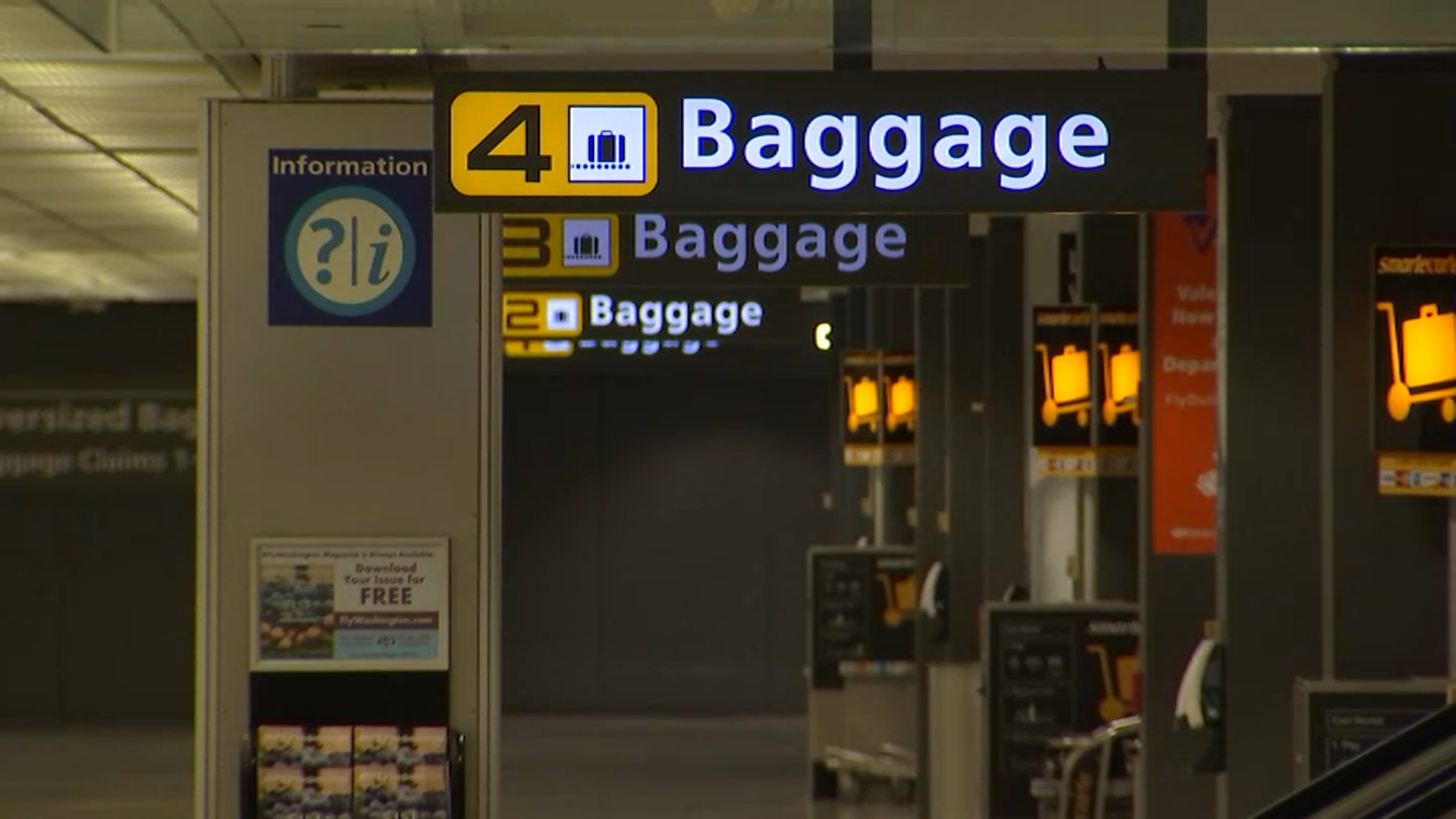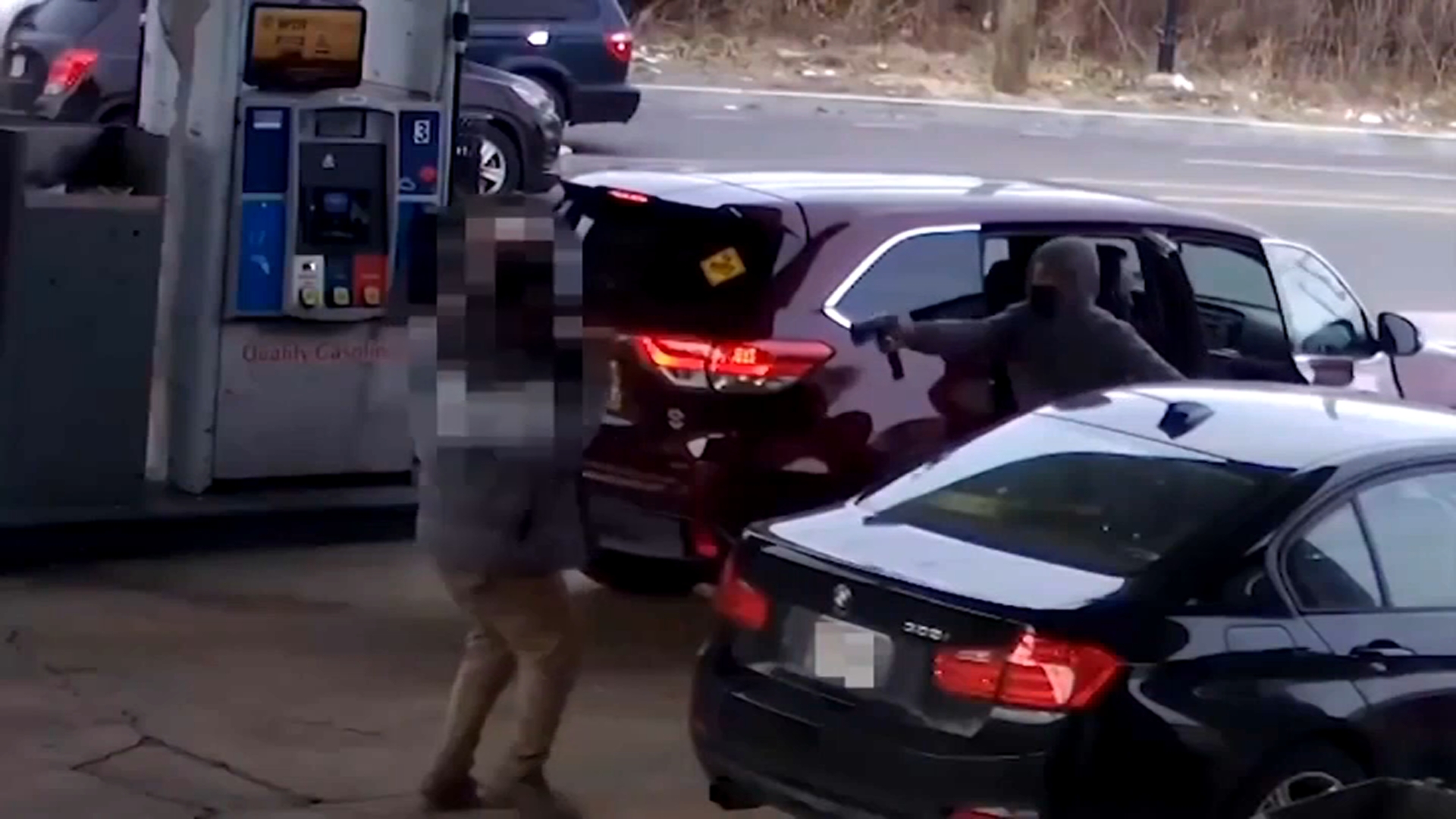Washington, D.C., is an oddly shaped city, full of angled lots of various sizes.
Cynthia Pree had one of those small lots next to her childhood home, where she now lives. Her family first purchased the house on a corner of M Street in Southeast in 1962, when she was just a little girl. From her bedroom window, she enjoyed the view of the maple, pear, apple and fig trees, some of which were planted by her late father. She said her family mowed and maintained the small lot next to them, even though it was not theirs.
“I remember my parents saying there was a part of the lot that we didn't own,” she said.
Now those trees have been cleared and the small lot with a downward slope has been leveled. The view outside her bedroom window is different too, after a newly constructed three-story home started going up, towering over the rest of the post-World War II homes in the community.
We're making it easier for you to find stories that matter with our new newsletter — The 4Front. Sign up here and get news that is important for you to your inbox.
"Literally today it was like having a solar eclipse," she told the News4 I-Team.
City tax records show the patch of land was sold at a tax sale and eventually deeded to developer District Properties.com in 2020. One day last spring, Pree had a visitor.
“I got a knock on the door May 15, and a gentleman said, ‘I'm coming to cut your trees.’ I said, What?’ He said, ‘Yeah, we're going to build on the property here,’” she recalled.
D.L. Humphrey, the Advisory Neighborhood Commissioner for Pree’s neighborhood, said the community tried to fight the development saying, “We're mad. We're angry that this is happening.”
Humphrey said he and other concerned neighbors met with the city's Department of Buildings, which originally told them that the permit would be revoked because “the current lot square footage was not deemed buildable based on current zoning requirements.”
But then the city reversed its decision, saying in an email: “During the issuance process for revocation of the permits, the original permit was reviewed by senior management within the DOB Zoning Administration and it was determined that the permit was not issued in error.”
"It's just been a complete mess. A complete disaster for this neighborhood," Humphrey said about the confusing process.
Thousands of vacant lots could be developed
The News4 I-Team spoke with Brian Hanlon, the director of DC’s Department of Buildings, who said the newly constructed home is legal.
"Everything you're seeing there is in accordance with the code,” he said.
He said that while the lot is smaller than most, that doesn’t preclude the developer from being able to actually develop on it.
In 2016, the District rewrote its zoning regulations and grandfathered in any previously substandard lots, also known as non-conforming lots, to be built on as long as the development met all other current requirements. A spokesperson for the Department of Buildings told the I-Team: “The District of Columbia's zoning regulations (11 DCMR C-301.1) allow for the development of lots that do not comply with the minimum lot dimension and lot area requirements if the lot already existed when the regulations became effective.”
As for the property next to Pree, they said: “The lot in question has existed since 1907; therefore, it can be developed despite the currently nonconforming lot dimension and lot area requirements. The approved plans comply with all other development standards.”
It’s referred to as building “by right”. A spokesperson for the Department of Buildings said there are approximately 5,706 vacant lots with the potential to be built upon “by right.”
The man behind the big house
The developer behind the big home going up on Pree’s street is Mohammad Sikder with District Properties.com. He’s renovated dozens of homes in D.C. and told the I-Team he’s interested in developing other non-conforming lots, but couldn’t say how many.
While he declined an on-camera interview, he did say he has more than 20 years experience as a developer and decided to build such a large home in the community to make it more marketable in today’s real estate climate.
Sikder has been in trouble in the past. Back in 2019, he served two months in prison and was ordered to pay hundreds of thousands of dollars in fines for violating federal lead-based paint laws with some properties. Sikder told the I-Team that no one was hurt or killed as a result of the lead paint violations and that the conviction is in his past.
ANC Humphrey said he doesn’t believe Sikder should be permitted to do business in D.C.
“When a developer could come in and just build something of this magnitude and have really no remorse for the neighborhood whatsoever, I mean, it hurts,” he said.
Humphrey said he’s also upset because the developer did not discuss the construction with the neighborhood before obtaining permits and building. Humphrey is the constituent services director for Councilmember Vincent Gray and told the I-Team he plans to bring up his concerns with the D.C. Council.
Hanlon said while the builder wasn’t required to speak with neighbors, "I think it's always good for whether it's a homeowner or a developer, to notify the neighbors that they plan on doing work. It sounds like that didn't happen in a very timely way in this case."
‘We don’t regulate aesthetics’
Hanlon told the I-Team he understands the frustration of Pree and her neighbors.
“Look, I'm an architect. I drive around the city. I see pop-ups going up and a lot of them look goofy. You know, they just don't look right. They don't fit in architecturally, but they're allowable,” he said.
He pointed out his agency does not regulate aesthetics.
For now, the construction next to Pree has come to a halt due to a stop-work order issued back in December because there was no plan submitted for the sprinkler system.
Sign up for our Breaking newsletter to get the most urgent news stories in your inbox.
Sikder told the I-Team he plans to submit it shortly, meaning work could once again start up.
The Department of Buildings said it encourages residents to contact DOB with any construction, permit, vacant building or maintenance questions. You can visit DOB.dc.gov for more information and resources.
Reported by Tracee Wilkins, produced by Rick Yarborough, shot by Steve Jones and Jeff Piper, and edited by Steve Jones



